What Professional Dental Cleaning Is
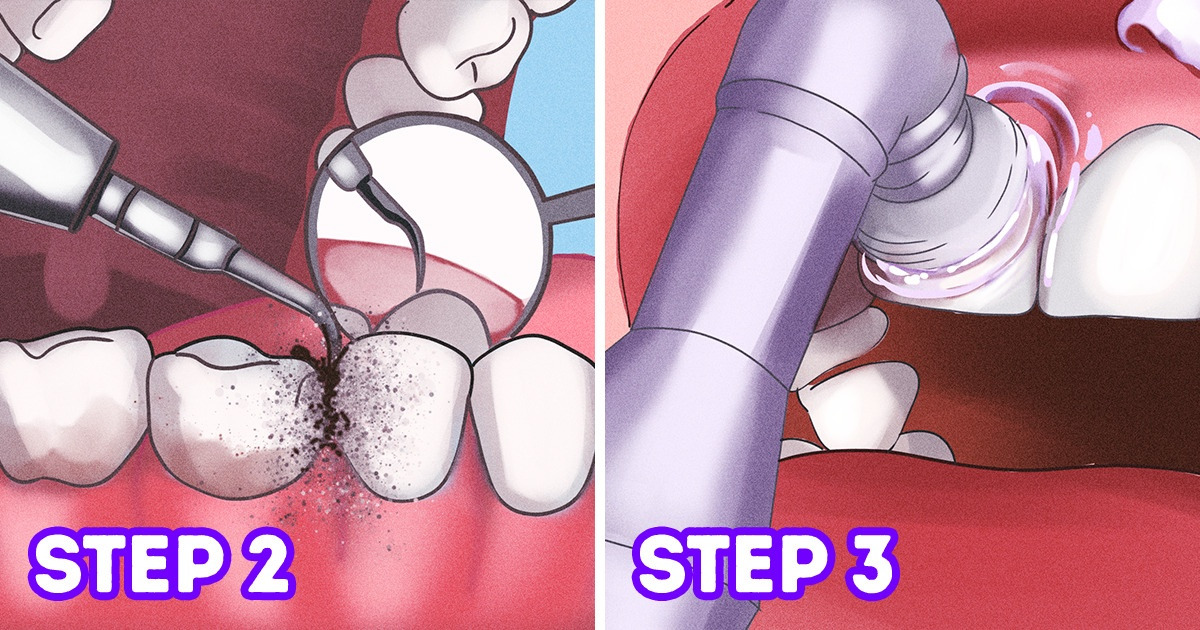
Brushing your teeth regularly is very important to prevent cavities and other dental problems. But it’s hard to get rid of all the plaque at home. It can even form when you clean your teeth thoroughly with a brush and floss every day. In such cases, it’s recommended to get professional cleaning that will help you get rid of plaque in areas you just can’t reach yourself.
5-Minute Crafts is going to tell you what professional dental cleaning is, how it’s done, and what advantages and disadvantages it has.
❗ This article is for informative purposes. Consult your dentist and find out whether you need a professional dental cleaning.
What professional dental cleaning is
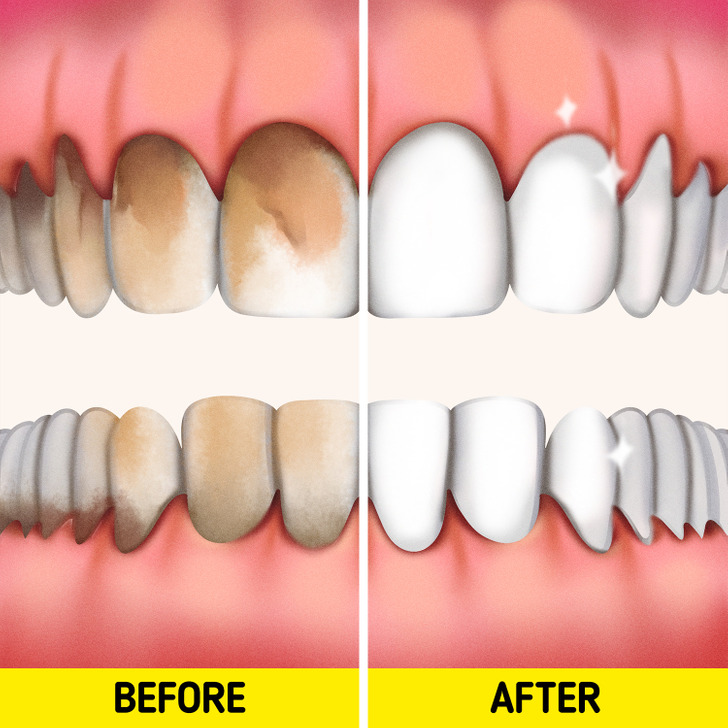
Professional dental cleaning is a procedure when soft and hard dental plaque is removed by a doctor with special tools. It includes removing tartar and plaque and covering teeth with phosphorus, which is vital to prevent cavities.
Professional dental cleaning is necessary even if you floss and brush your teeth regularly. Dentists use special methods and tools you can’t use at home.
How professional dental cleaning is done
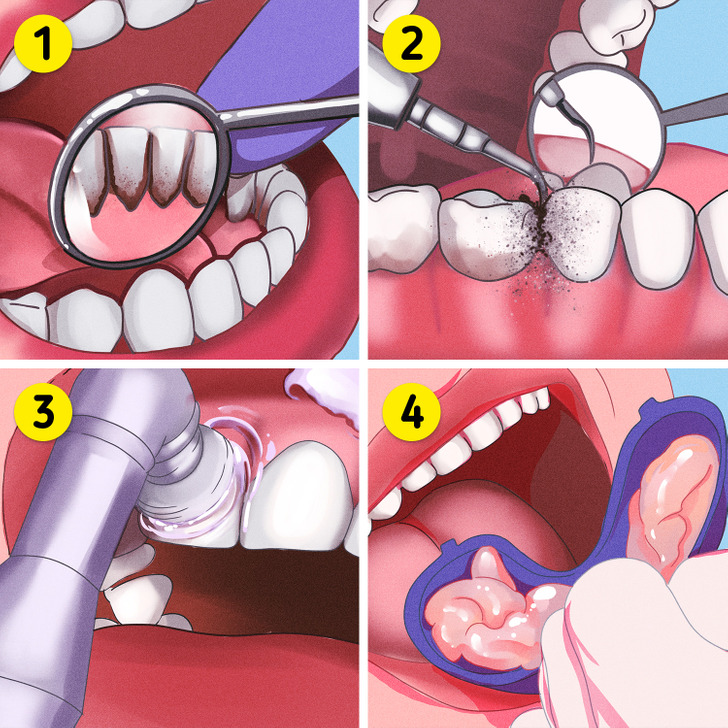
Usually, this type of cleaning includes 4 steps.
- Examination: Your dentist checks your mouth to see if there is any indication of gum or tooth diseases. If there are problems, it might be better to solve them before cleaning.
- Removing tartar and plaque: If you don’t have any problems, the doctor will start the procedure. First, they remove the tartar and plaque from the surface of the teeth, using a special tool called a scaler. It’s an ultrasound device that creates vibrations, destroying tartar.
- Cleaning with toothpaste and flossing: After all the visible plaque is removed, the doctor uses a powerful electric toothbrush to clean your teeth with gritty toothpaste. It polishes the teeth and removes stains. Finally, the doctor will floss your teeth. Another popular method is through airflow when, instead of toothpaste and floss, the teeth are cleaned with air, water, and calcium carbonate. It helps to clean the mouth quickly and painlessly without damaging the gums and firming dental tissue because it’s done from a distance.
- Fluoride treatment: After the basic cleaning steps, your dentist will give you a fluoride treatment. It will protect your teeth from cavities for at least several months. It might look like a sticky paste or foamy gel. It’s usually put into a mouthpiece and placed on the teeth for at least 1 minute.
Pros and cons
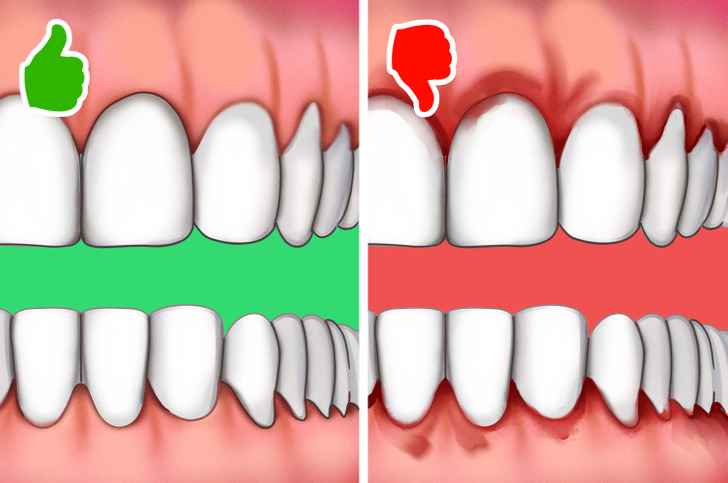
Professional dental cleaning has some pros and cons.
➕ It’s the best way to prevent cavities, gingivitis, periodontitis, and other dental disorders.
➕ It prevents bad breath.
➕ It lightens teeth and makes them more attractive.
➕ From the long-term perspective, it saves money because you don’t need other expensive dental procedures.
At the same time, such cleaning has disadvantages.
➖ Usually, it’s painless but patients with sensitive teeth and gums can have minor pain and discomfort. In such cases, they might need anesthesia.
➖ Teeth and gums often become more sensitive after cleaning. It usually lasts anywhere from several days to a couple of weeks. In some cases, patients have gum pain, bleeding gums, and even minor swelling. After the procedure, the dentist will give you recommendations on what to do if there are complications.
How often professional dental cleaning should be done
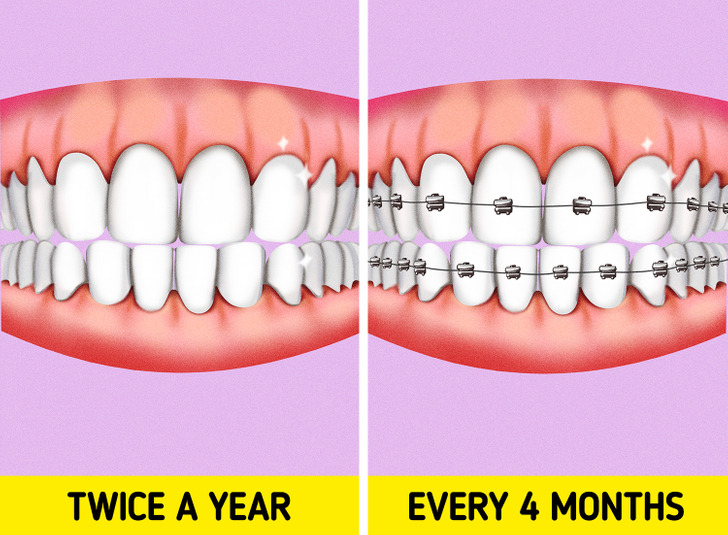
It’s recommended to have a professional dental cleaning at least twice a year. Patients with implants or fixed prostheses have to go to a hygienist every 6 months. Those who wear braces need cleaning every 4 months. This has to be done before any aesthetic fillings, permanent prostheses, or surgical interventions are performed.